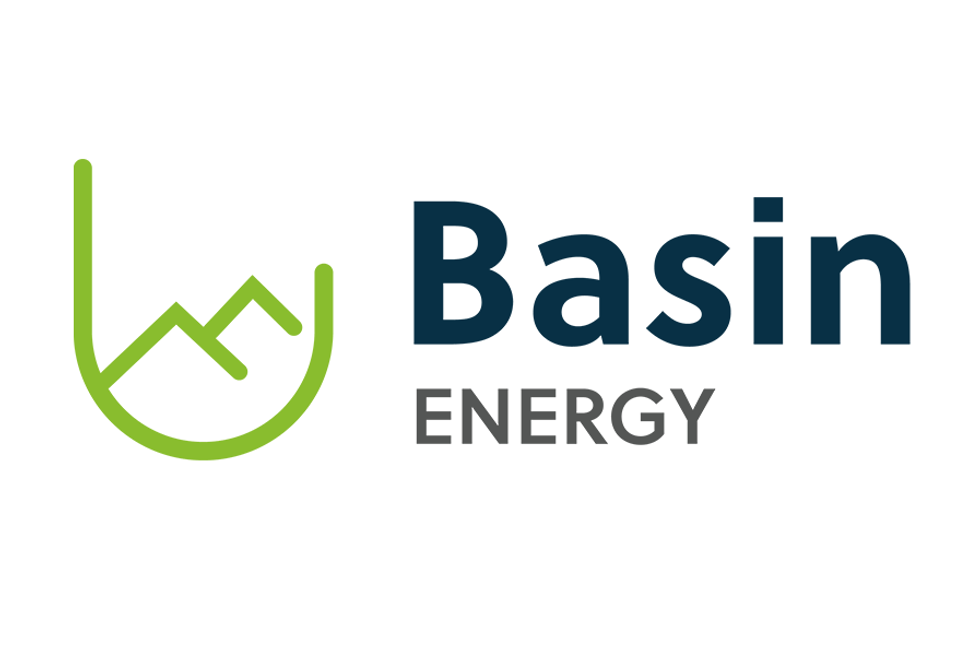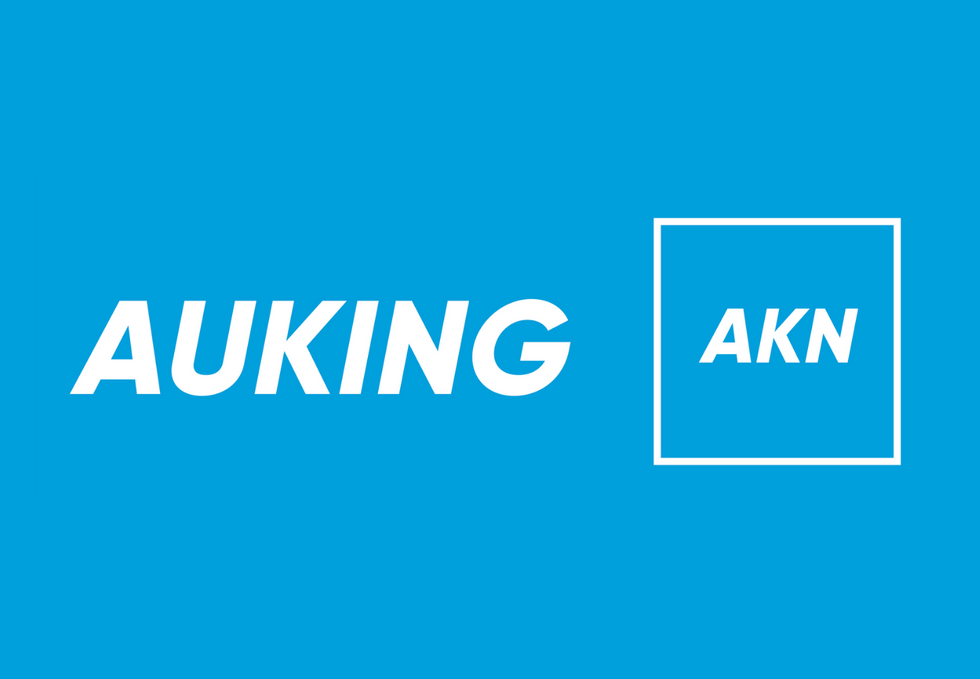Demand for uranium is set to rise in the next decade, meaning it’s time for Australia cut the red tape surrounding uranium mining.
In May, Uranium Investing News spoke with Casey Research’s chief investment strategist, Marin Katusa, who pointed at the inevitable shift towards uranium in the race for energy security. Though referring primarily to the United States, where one in five homes is powered with nuclear energy, the fact remains that a country’s GDP will stall if its electricity generation costs are too high. As far as nuclear energy is concerned, the largest expense with nuclear power generation is building the plants. Once that is done, the costs involved with generating nuclear energy are incredibly less than with gas– or coal-fired plants. Furthermore, as more countries turn to nuclear for their energy needs, demand for uranium is only going to rise.
With that in mind, it is no surprise that uranium-producing countries are becoming more supportive of their uranium industries, and countries with uranium reserves are looking to build out their resources, hoping to capitalize on the impending supply shortage and demand spike. As one of the top three producing uranium countries in the world, perhaps it is time for Australia to revisit its uranium industry — at least that is what Federal Resource Minister Gary Gray told the AusIMM International Uranium Conference in Darwin this week.
Demand to meet
As far as uranium goes, Gray believes that it is time for Australia to “commit to the further development of new projects to ensure that our uranium production meets global demand, particularly as demand for uranium in 2013 is likely to surpass supply.”
Gray wants industry players to recognize and embrace the opportunities that exist for producers in the current markets, highlighting that nuclear power accounts for more than 13 percent of global electricity requirements through 435 reactors that will require over 66,000 tonnes of uranium. “But with current global mine production at only 55 000 tonnes, the shortfall is largely being met by secondary sources, such as the reprocessing of highly enriched weapons-grade uranium from the former Soviet republics. This program is set to end this year, and it will be interesting to see the effect this will have on the market,” Gray commented.
Australia is number three in uranium production, falling behind Kazakhstan and Canada. In 2012, Australia increased its uranium production by 17 percent to 8,000 tonnes. However, this number still falls short of production levels achieved between 2003 and 2009 when the country was producing between 9,000 and 11,000 tonnes of uranium annually.
With the expectation for uranium demand to severely outweigh uranium supply in the next decade or so, to help move Australia’s uranium industry along, the Australian Uranium Association (AUA) is calling for regulatory reform to “strengthen” the nation’s uranium industry. Mike Angwin, the association’s chief executive believes that the way to achieve this is for government approval and assessment processes to be faster. “The Australian resources industry has a competitiveness issue in terms of duplication and delay in the assessment processes, and is something that affects our industry in particular,”Angwin said at the conference.
“It is a competitiveness issue and we do need to address it,” said Canadian miner Cameco (TSX:CCO) whose North Territory project has the potential to be a major uranium producer. “Our projects are still early stage, exploration, but we think the long-term potential and prospectivity is very strong in the Territory.”
Gray is also of the opinion that in order for Australia to come out on top of the impending demand spike, both the government and industry need to work together. “Uranium exploration and mining have particular characteristics that make its exploitation complex. Parliament and industry must work together to ensure that mining, processing, commercial and regulatory actions represent best practice and encourage the growth of the uranium industry,” he said.
Encouragingly, New South Wales minister for Resources and Energy, Chris Hartcher, is expected to approve several uranium exploration projects in western NSW. According to the Australian, Hartcher has invited companies to apply for their licenses by early next month; exploration licenses will be granted by year end.
Uranium prices not lending much support
Though the expectation is that uranium prices will spike some time soon, spot prices have been behaving badly this week. The uranium spot price tumbled to its lowest level in four years, below $40 per pound, which isn’t very encouraging for local uranium juniors. Australian Mining writes that several juniors, like Toro Energy (ASX:TOE) are finding times tough as they look for a partner to help fund their $269 million Wiluna project. Should the company be able to reach its financing goals, production is in sight by the end of 2015.
Unfortunately, it seems that being higher on the cost curve, Western Australia’s first potential mine might struggle to prove viable.
Securities Disclosure: I, Vivien Diniz, hold no direct investment interest in any company mentioned in this article.






